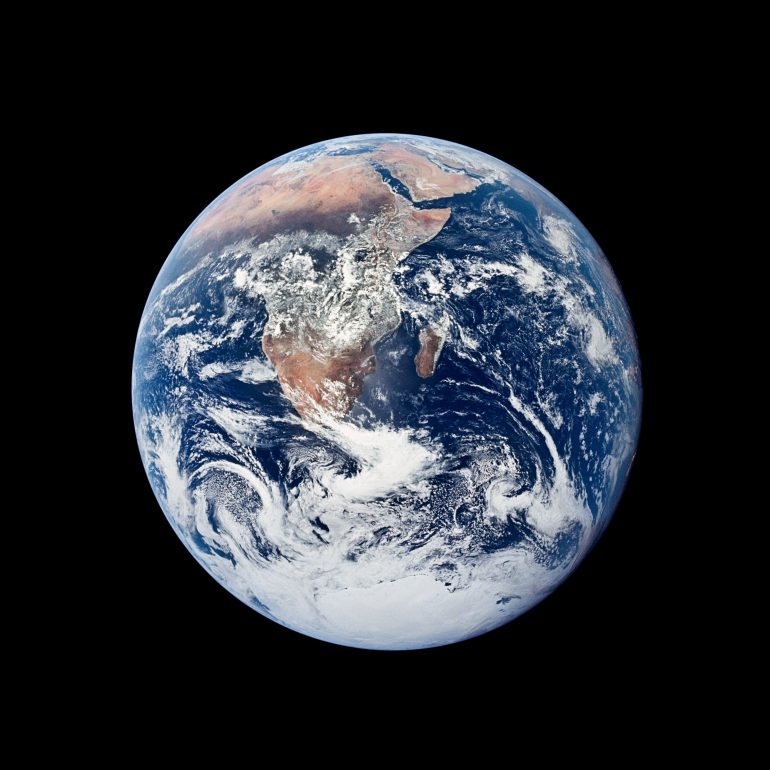by Chiara Ruberti
_
Dreamers sometimes give up dreaming. Non dreamers never forget not to dream,
they are attentive, scrupulous in their daily work of sterilizing the imagination.
(Franco Arminio)
And there is gold, I think, in this strange time. / Maybe there are gifts. / Gold nuggets for us. If we help each other. /
There is a very strong appeal / of the species now and as a species now / everyone must think. A common destiny /
keeps us here. We knew it. But not too well. / Or all of them or none. /
The earth is powerful. Really alive. / I feel it thinking a thought / that we don’t know.
(Mariangela Gualtieri, Nove marzo duemilaventi)
The World Economic Forum website spoke of the pandemic as the “greatest psychological experiment” of all time. Historian Yuval Noah Harari went further, describing it as a huge, albeit entirely involuntary, “social experiment”. The rapidity and spread of the pandemic forced everyone to face their own individual fragility; also, its impact on a global scale made it necessary to rethink, radically, the hierarchies of values and behavioural structures that seemed consolidated. Think, for example, of the sudden realization that “health, that of each one of us, cannot be thought of as a private good, as a personal matter, but rather has all the characteristics of a global common good.¹”
In fact, we suddenly realized that many of the certainties on which we had based our experience of the world were temporary and unstable.
At the end of 2019, the images that arrived from Wuhan – closed markets, citizens wearing masks, temperature scans at the airports – seemed far away, at times almost science fiction. Until all this has become the daily scenario of our lives.
Now that virus containment measures and restrictions are easing almost everywhere, much is said about the “world to come”. What the pandemic has changed and how permanent these changes will be; but above all how much those social, environmental and political urgencies² – which are also believed to be part of the cause of the pandemic – will be discussed and what will be done effectively to resolve them.
We then asked ourselves about the role that photography can play in the narration of this new world, about the ability of photography to make a vision, an idea, a possibility, accessible. Can photography open our gaze to other worlds?
Bourriaud stated that the contemporary artist is a “semionaute” who “invents trajectories between signs”³, giving life to narratives that entertain the prevailing character of negotiation with reality. “Imagination seems like a prosthesis that is fixed on reality to produce greater trade between the interlocutors. The aim of art is to reduce the mechanical part in us: it aims at destroying any prior agreement on the perceived”⁴.
A lot of photography, sometimes even what we are used to pigeonholing as “documentary”, provides us with useful tools to deepen, and where necessary subvert, the conventional narration of the world.
¹Annamaria Testa, Coinvolti in un gigantesco esperimento sociale, internazionale.it, 28 aprile 2020.
²A rather exhaustive picture is drawn from the SDGs (Soustainable Developement Goals) drafted by the United Nations and also known as Agenda 2030: https://www.un.org/sustainabledevelopment/.
³Nicolas Bourriaud, Relational Aesthetics, postmedia books, 2010, p. 105.
⁴Ivi, p. 78.
July 2020




